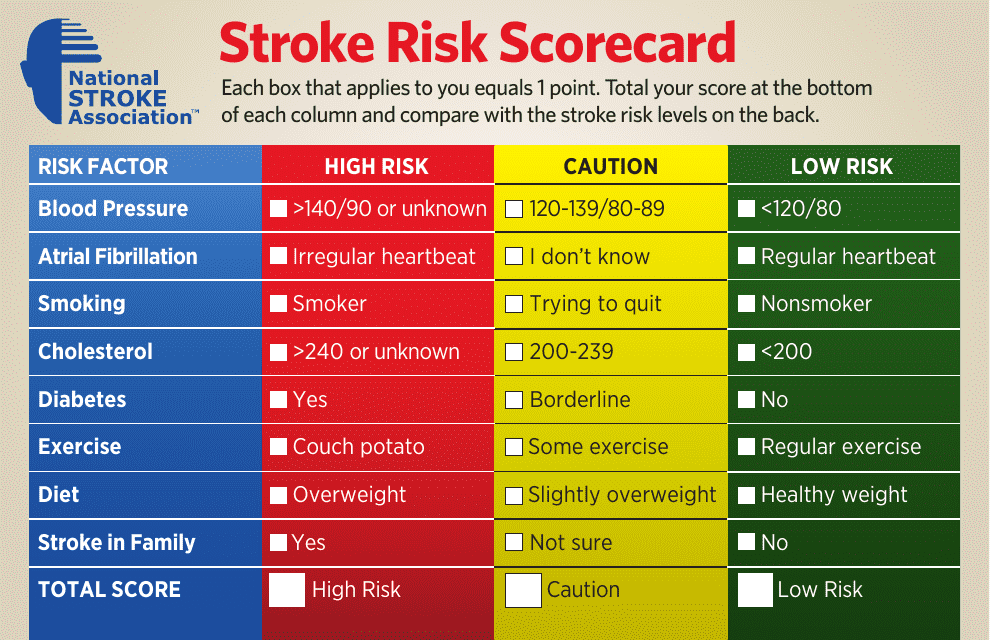Stroke Risk Scorecard
A Stroke Risk Scorecard is typically used to assess an individual's risk of having a stroke. It usually entails the evaluation of various risk factors such as age, gender, blood pressure, cholesterol levels, smoking habits, diabetes, and family history among others. The determined risk score can help in the development of a personalized prevention plan, promoting lifestyle changes and in some cases, initiation of preventative medicines. By knowing an individual's risk, early actions can be taken, potentially preventing a stroke.
The Stroke Risk Scorecard is typically filed by healthcare professionals or medical providers. This scorecard is used to assess a person's risk of having a stroke based on their lifestyle, family history, and personal medical history. However, some individuals may also choose to fill out a version of this scorecard for personal use to understand their risk levels. It's crucial to review the results with a healthcare provider to plan any necessary preventative measures.
FAQ
Q: What is a Stroke Risk Scorecard?
A: A Stroke Risk Scorecard is a tool for better assessing a patient's risk of stroke. It takes into consideration various factors such as age, sex, blood pressure, cholesterol levels, diabetes, smoking habits, and medical history.
Q: How does a Stroke Risk Scorecard help?
A: A Stroke Risk Scorecard can help doctors identify patients who are at a higher risk of developing a stroke. It can guide preventive measures such as lifestyle changes or medication. It promotes early intervention, potentially reducing the incidence of serious stroke events.
Q: Who should get a Stroke Risk Scorecard?
A: Anyone, especially those with a family history of stroke or cardiovascular disease, or those who have certain lifestyle habits (smoking, sedentary behavior) or pre-existing health conditions like hypertension, diabetes, high cholesterol levels, should consider getting a Stroke Risk Scorecard. However, consulting with a healthcare provider would be the best course of action.
Q: Are Stroke Risk Scorecards available in USA, Canada, India, and Australia?
A: Yes, Stroke Risk Scorecards are widely used by healthcare providers in many countries, including USA, Canada, India, and Australia, to evaluate a patient's risk of stroke.
Q: What are some common Stroke Risk Scorecard factors?
A: Common factors included in a Stroke Risk Scorecard include age, gender, blood pressure, cholesterol levels, smoking habits, alcohol use, physical inactivity, obesity, diabetes, cardiovascular disease, atrial fibrillation, and family history of stroke.
Q: How accurate are Stroke Risk Scorecards?
A: While Stroke Risk Scorecards can provide a general idea of your stroke risk by considering several factors, they are not 100% accurate. There are some factors outside of scorecards that cannot be accounted for. So they should be used as guides, not definitive answers.
Q: How can I lower my risk if I have a high score on the Stroke Risk Scorecard?
A: If your Stroke Risk Scorecard indicates a high risk, speak with your healthcare provider about appropriate next steps. This may include prescription medication for blood pressure or cholesterol, lifestyle changes such as regular exercise, dietary adjustments, quitting smoking, moderating alcohol consumption, and weight loss.





